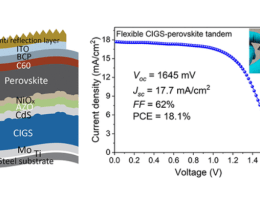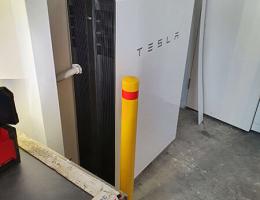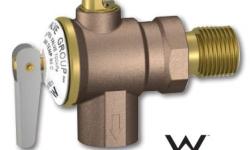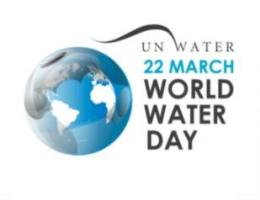
Water pressure that is too high is an issue that can affect your home; it is the intent of this article to arm the reader with the information to understand the issues around high water pressure so that they can do something to mitigate its effects.
Water is provided to you via a very simple principle and that is, water runs down hill. Water is stored in a high place (i.e. a reservoir) and is distributed to your home which is in a lower place. The maximum water pressure you could receive fundamentally depends on the difference in height between your house and the reservoir, in the same way that something rolling down a hill gains more speed if it starts higher up the hill.
Water pressure is not uniform throughout a given water distribution network it will depend on a number of factors such as:
- The time of day: during the day water pressure drops in the mains as more people are using water, when water use slows at night pressures in the mains start to rise.
- Where your house is: If you are high up chances are you will have lower water pressure than someone who is down in a valley.
- What is happening in your area: If a pipe bursts near you or a high water use housing estate is built in you area you can expect your water pressure to drop. If a new high reservoir or water tower is built in your area you can expect water pressure to increase.
Ok, that is mains water pressure but what about water pressure in your home. If the water pressure is too high you can decrease it with a pressure reduction valve (PRV) at the water inlet to your home or increase it with a pump if it is too low (a much rarer situation). You can measure the water pressure using a $20 water pressure meter from Bunnings (the cheap option) or you can have a plumber come over and measure it for you (not recommended).
It is also probably better to buy (or borrow) your own meter as you want to get readings at various times of the day; as previously stated water pressure changes throughout the day and tends to rise at night.
The Australian standard covering water pressure in the home (AS 3500.1:2018) mandates that water pressure in a building must be kept below 500 kPa (unless the outlet is used for fire fighting), where a building is defined as a structure, temporary building, temporary structure and any part of a building structure in the Building Act 1993. The reason for this requirement is that water pressure above 500 kPa has the potential to damage valves, tap fittings, flexible hose fitting etc as the components are only rated to withstand pressures at or below 500 kPa. So if your pressure is over this level you probably want to get a pressure reduction valve (PRV) fitted.
One example of a PRV
To have a PRV fitted you can expect to pay between $300-$425 depending on where you are (according to online service pricing sites), which is not exactly cheap but if you stack that up against the cost of not installing a regulator it will work out cheaper.
The effects of water pressuring being too high in your house include:
- Increased leaks which slowly increasing your water bill in a way that you probably won't notice.
- Damage to your: appliances, taps, hot water service, flexible hose fittings (one of the most common issues) and valves.
- Annoying noises like "water hammer" in the pipes.
- Bursting cheaply made sink spouts, many cheaply made spouts are made of low grade materials that will weaken quickly when exposed to the water pressure changes of a sink being turned on and off.
- Voiding of insurance claims for water damage if a hose bursts, as your home outlet pressures are not supposed to be above 500 kPa.
All of which probably adds up to more than the $400 you would spend installing a pressure reduction valve at the inlet to your home.
It is important to note that keeping pressure in spec for outlets in the home is the responsibility of the homeowner (and their plumber), your water supply company does not have jurisdiction past the water inlet to your home (like many other industries of society the water supply industry is siloed).
Ideally, at least the information about the issues associated with high pressure would be provided to you by those responsible for supplying you with water as a public service announcement; as the problem of high water pressure in homes it is not a widely known issue. It could be part of water saving measures and perhaps a scheme could be implemented to test and install PRVs on people homes at a reduced cost so that water is not wasted (through slow or fast leaks). The fact that this hasn't happened probably indicates the incentives aren't there to do it. Until such as scheme is implemented it is up to the homeowner (and their plumber) to protect themselves from high water pressure.







